It’s one of my favorite parts of a trailer – the moment one act draws to a conclusion with a whoosh and then BANG…complete or near silence, only to be broken by an absolute wall or hybrid orchestral noise.
What are stopdowns or “trailer stops”?
Stopdowns or trailer stops are moments in the trailer when the sound and/or music cuts out almost completely between important sections of the trailer.
These stops are used to demarcate sections or acts of the trailer and are sometimes used for emphasis.
Why you need to put a stopdown in your trailer music
I used to study art and one of the most important lessons I ever learned was that of relative dynamics.
This basically means that your black will seem even blacker when placed directly next to an opposite color, in this case, white. Now the colors don’t actually need to be next to each other but they do need to be in the same picture.
Your work will feel even more dynamic if you use the opposite end of the spectrum in it: ie. use contrast.
What this means to us as composers is that if we want the loudest section of our music to seem even louder then we should use SILENCE (or near enough) as a contrast to that noise. This contrast will make your loudest sounds feel even louder.
As trailer composers we need all the help we can get when it comes to turning up the volume because let’s face it, we need to be pretty loud for most of the track.
The other reason we use stops in our music is to give the editors something more to work with. By delineating our tracks with stops and starts we can show the editor our intentions behind each section – whether it’s act 1, 2, or 3.
How long should the stopdown be?
This needs to be worked out on a track-by-track basis. I generally try to keep my stopdowns pretty short, no longer than one bar, or maybe two, depending on how many transitions I’m using.
The reason we need to pay attention to how long these stopdowns are is that when they are not checked they can have a detrimental effect on your track. Namely, the stopdown can make your track lose pace and interest.
Some of the best stopdowns I have heard have only been one or two beats long; they acted like a cheeky slap in the face to make sure the listener was paying attention.
Can my stopdown be complete silence?
Yes. In fact, complete silence can be incredibly effective, as it gives the most amount of contrast to the next section.
However, make sure the silence is kept short otherwise the track will lose pace.
The other thing to bear in mind when using complete silence is it doesn’t have to be your entire stopdown. You can use a beat or two of silence and then let your transition effects, like risers and swishes, take over.
Another thing to think about when using silence is how much you have built your music’s tension up into the stopdown. If your track doesn’t build enough then sometimes it can feel a little out of the blue that the music has suddenly stopped and not out of the blue in a good way.
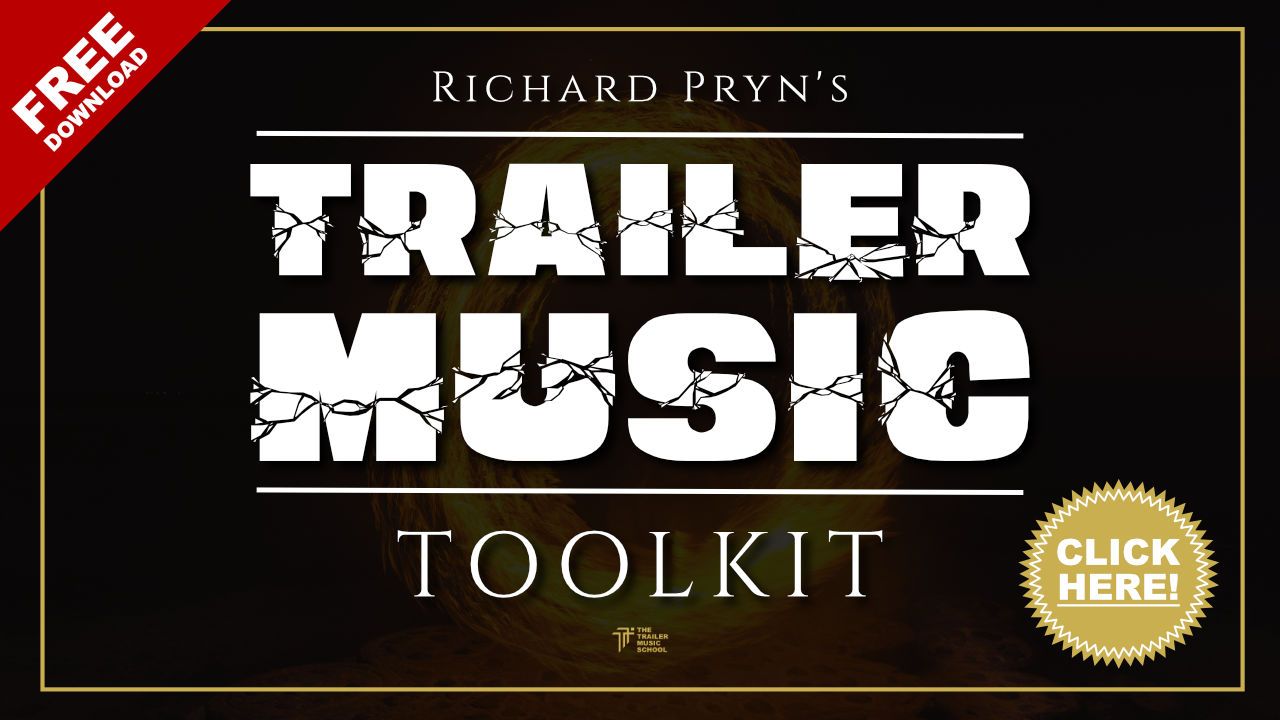
Do I need to use transitions in my stopdowns?
I have always been a huge fan of transitions in my music. From drum rolls to cymbals rolls, risers to swishes they act as a signifier and warning to the listener that something huge is coming over the hill.
My favorite way to use transitions is to layer them but make sure they are not too bass-heavy.
One of the easiest wins when creating a stop-down is when the bass comes back in after the silence of a stopdown, as it feels so phat and huge. If your transitions are too bass-heavy then we lose that contrast.
To get around this I often use a low-cut EQ filter on the transitions to make sure they don’t take up too much of the low-end.
That being said, a really huge-sounding swish hit may be all you need to have as your transition and they are often quite low-heavy.
Do I have to put a stopdown in every trailer track I write?
There is an argument to say that in some styles of Trailer Music you don’t need a stopdown.
Take drone tracks for example. The whole point of these tracks is to feel unrelenting and almost too much. A stopdown would take away from the character of the track greatly.
The same could be said of some types of slow-burn trailer music.
The best way to know if it would benefit your track is to think about what type of usage the track would have and if the track needs breaking up with stops and starts.
Very percussive tracks really lend themselves well to stopdowns because of the inherent rhythmic nature of stops.
Are there any downsides to using stopdowns?
Some people aren’t huge fans of stopdowns as they think that they interrupt the pace of the track and that they feel like an interruption.
Whilst I see why they would think that. I tend to disagree. A badly placed stopdown would indeed interrupt the flow of the track. However, a well-placed stopdown can completely ramp up the pace and up the ante.
The trick here is knowing how to build your track into a stopdown and then knowing how to build your track back up from there.
It’s all about tension and release, light and shade. The right balance only serves to improve the impact of your music.
In my Trailer Music Course, I explain in detail how to properly use a stopdown and what function they serve to us as composers (and of course those wonderful editors who cut our music to their trailers).
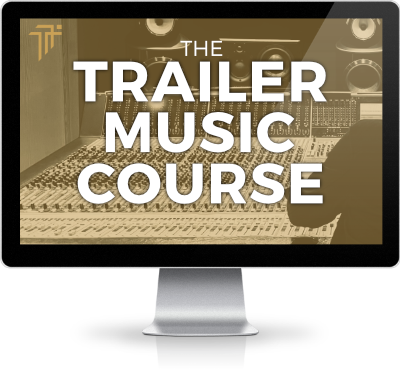
The Trailer Music Course
This is my flagship Trailer Music course. It was designed to teach you every single aspect involved in writing trailer music; from understanding structure, and creating your own sounds, all the way to a mixing and mastering masterclass with Toby Mason.
Whether you like them or not, stopdowns have a real musical and editorial purpose that makes them an incredibly useful tool for both composers and editors alike.
I personally love to use them to delineate between my acts as it then gives each act their own power when they come back in.
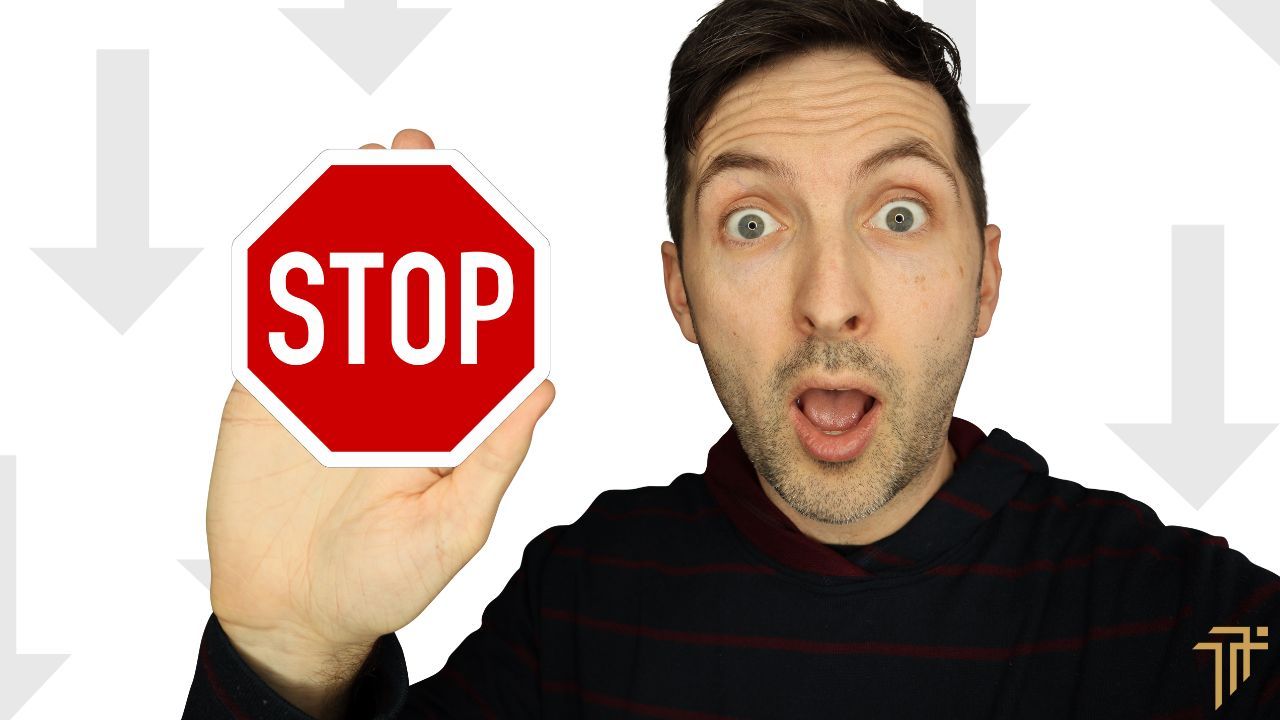

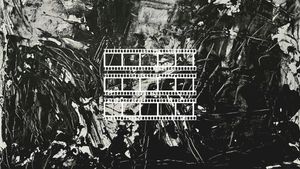
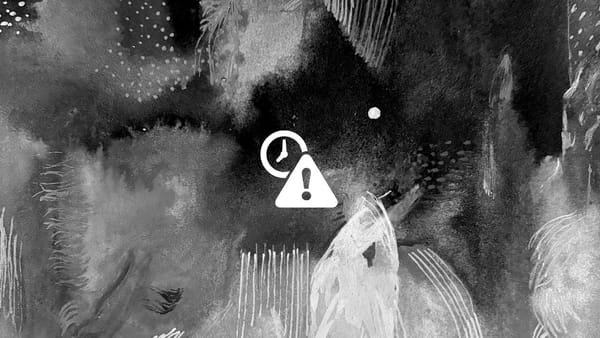
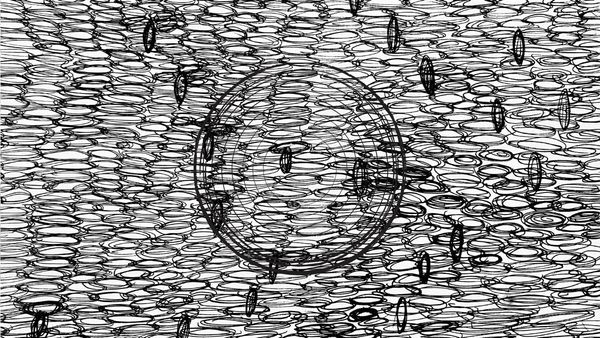



Member discussion